Build Quality
As we already know the 1STPLAYER SFX 750W Platinum is a single 92mm fan design (remember that detail for a little later) that is similar to the preferred 80mm cooling solution by some brands. The major downside to this fan design is that to move a sufficient volume of air to cool a high output power supply it must spin very fast resulting in elevated noise levels. While these 92mm designs are not great for quiet computing environments the key criteria in our evaluation is whether or not the cooling solution is sufficient.
External Build Quality

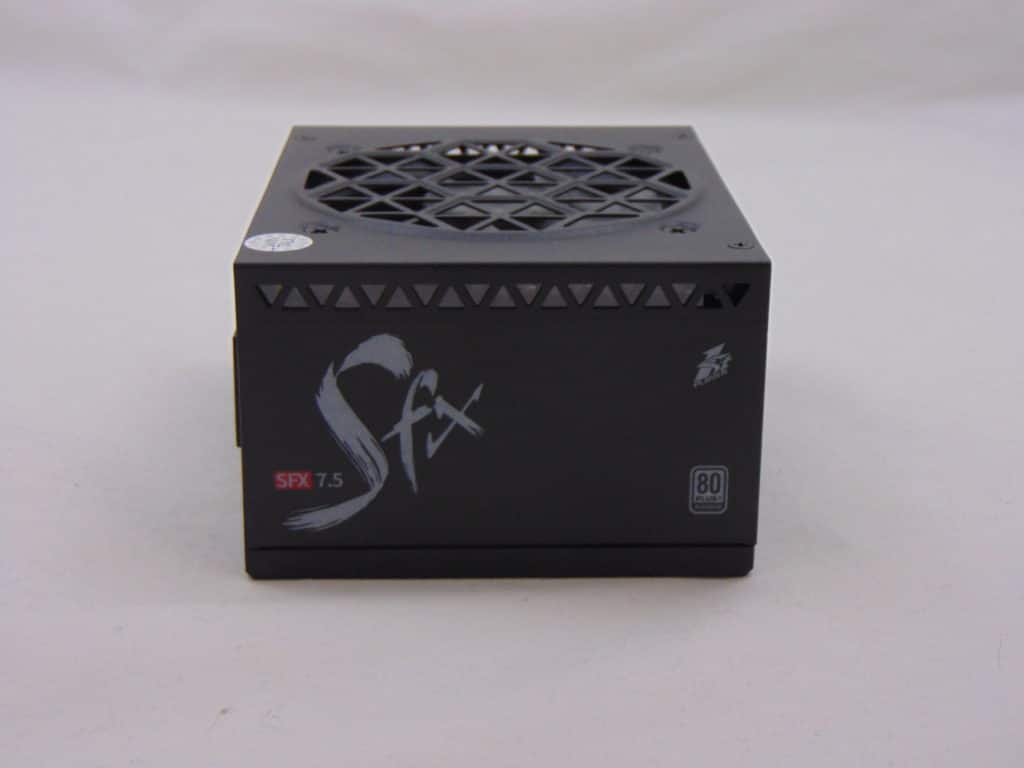
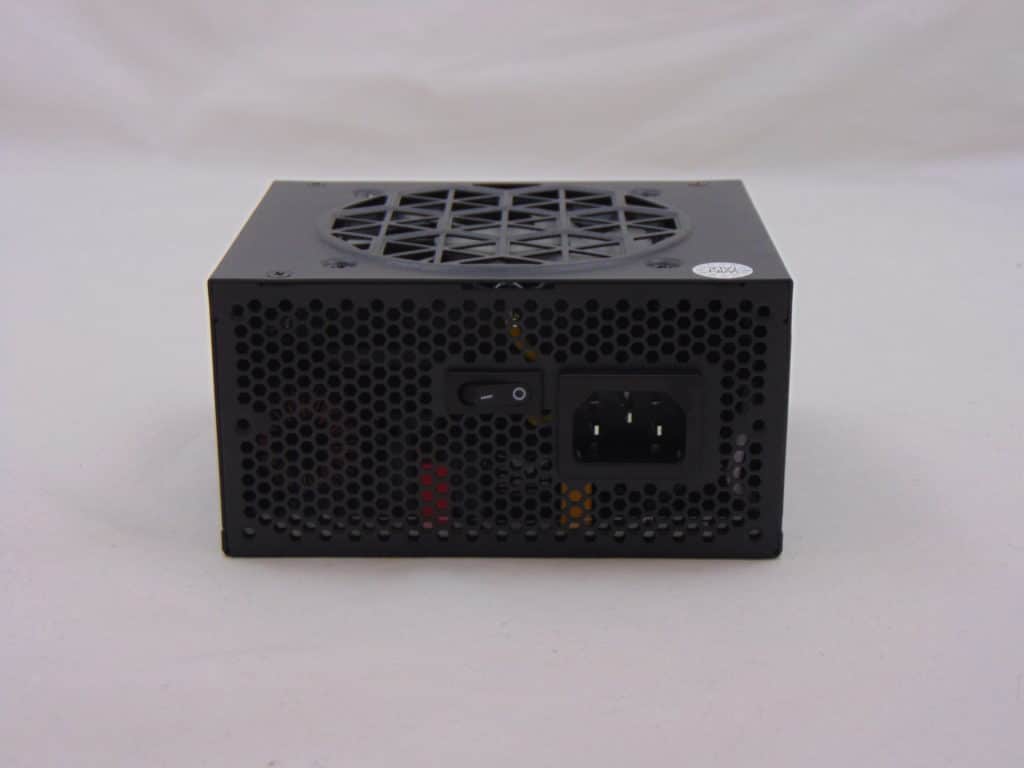
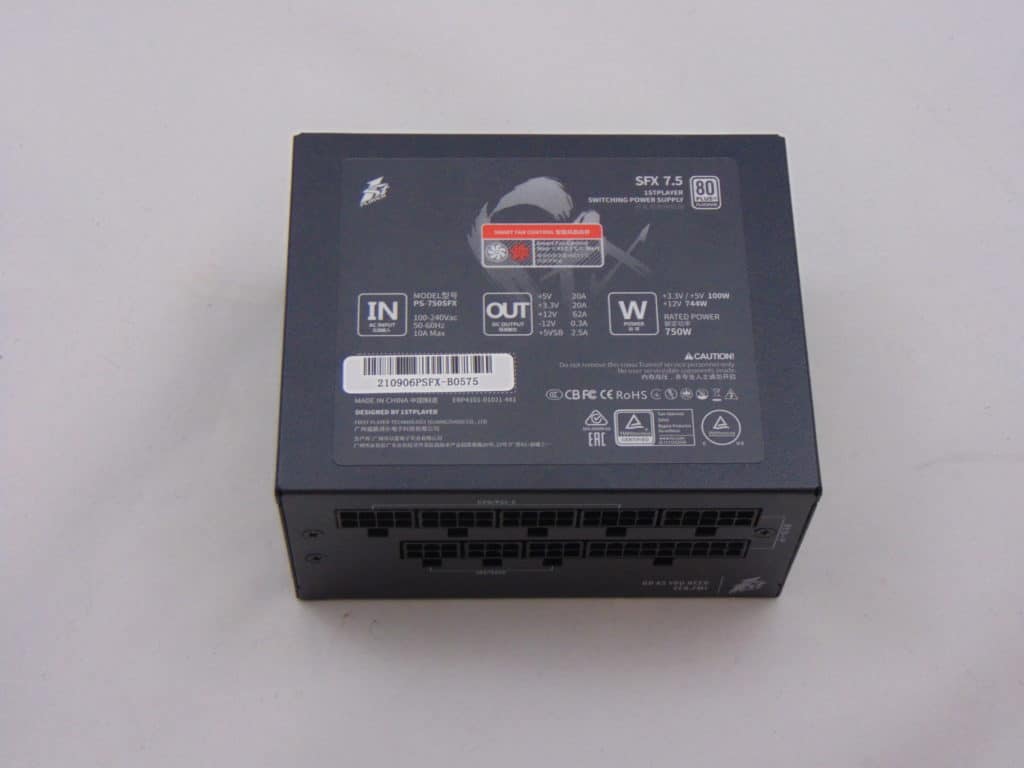
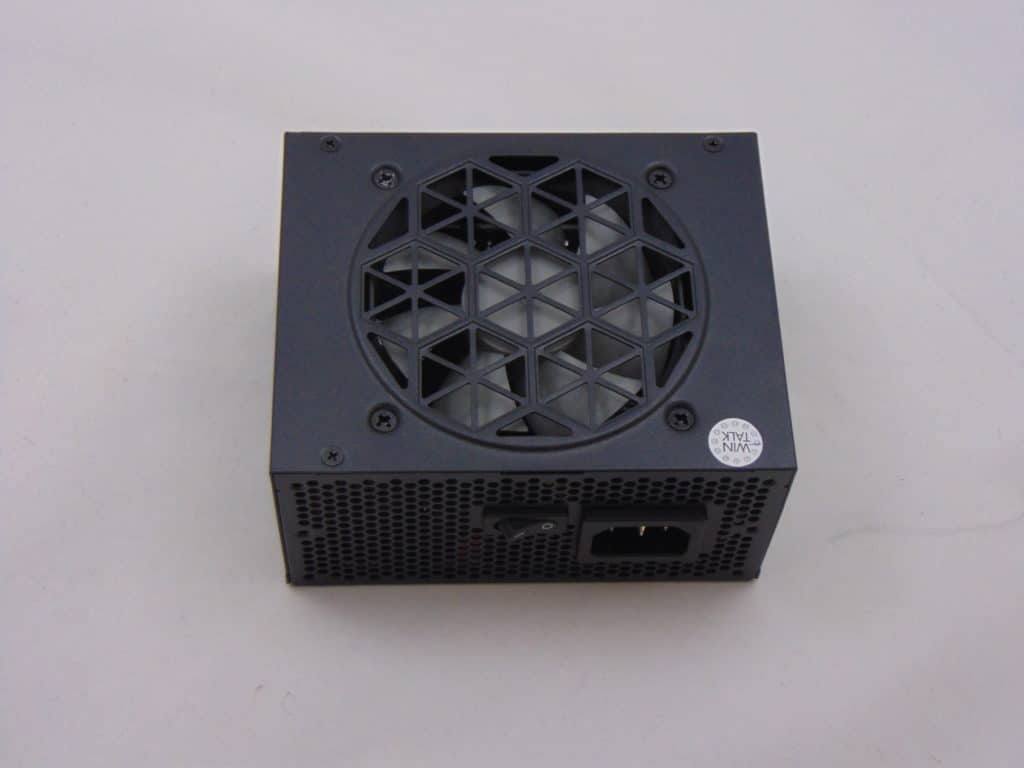
The exterior of the 1STPLAYER SFX 750W Platinum is better than I expected from the way things were starting off. The overall look of the 1STPLAYER SFX 750W Platinum doesn’t vary that much from other SFX units, particularly the Lian Li SP750 with which it shares a platform. There are some differences though as seen with the branding, the ventilation cutouts on the side of the housing and the fan grill design.
The finish is not as nice as the Lian Li’s going with a more typical flat black instead of a nice black brushed aluminum finish. The modular interface is well labeled though, just like with the Lian Li, but the actual branding on the side of the unit is applied via a sticker which is sticky for some reason. Other than that, everything here is standard for an overhead “92mm” fan-sized SFX unit.
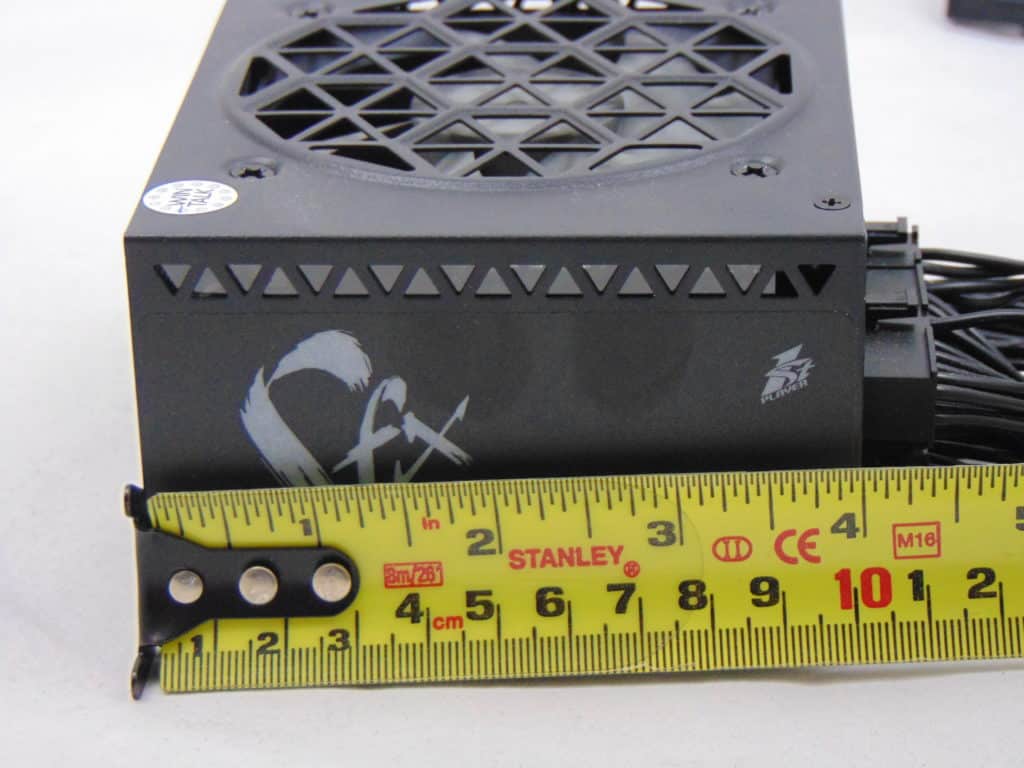
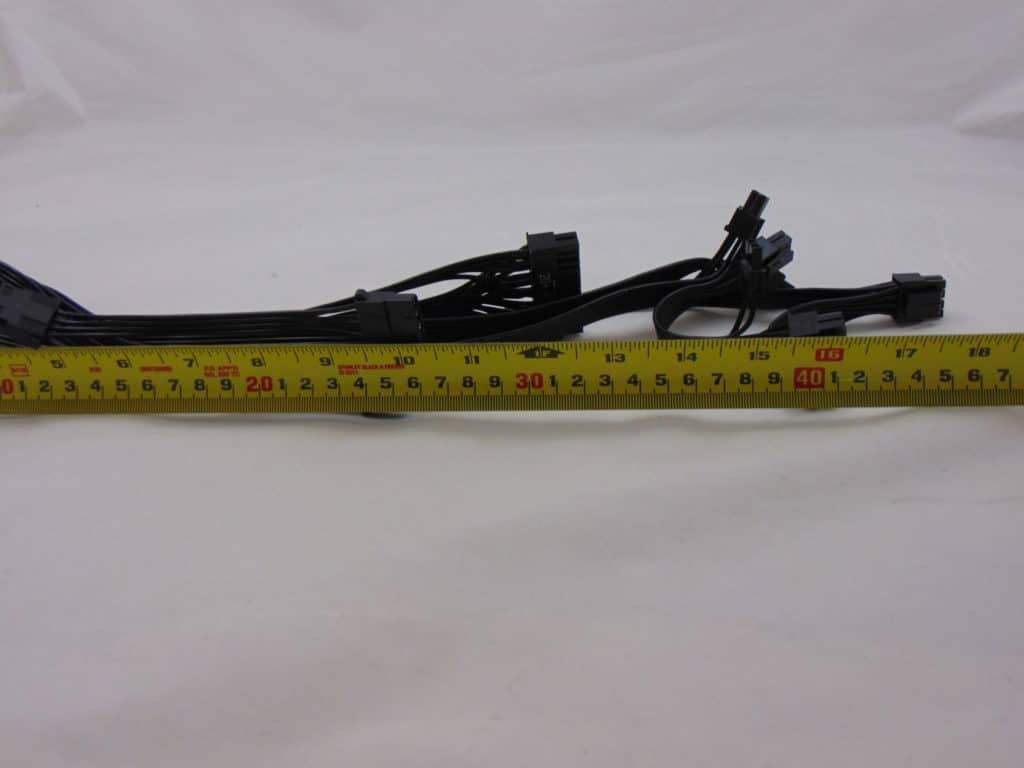
The 1STPLAYER SFX 750W Platinum comes in at a total length of ~4 inches (boy, you can really see my fingerprints there on the sticker) while the cables come in at a length of ~5″ to 18″ to the first or only connector. Additionally, the cables are all FlexForce style cables or standard sleeved cables.
Internal Build Quality
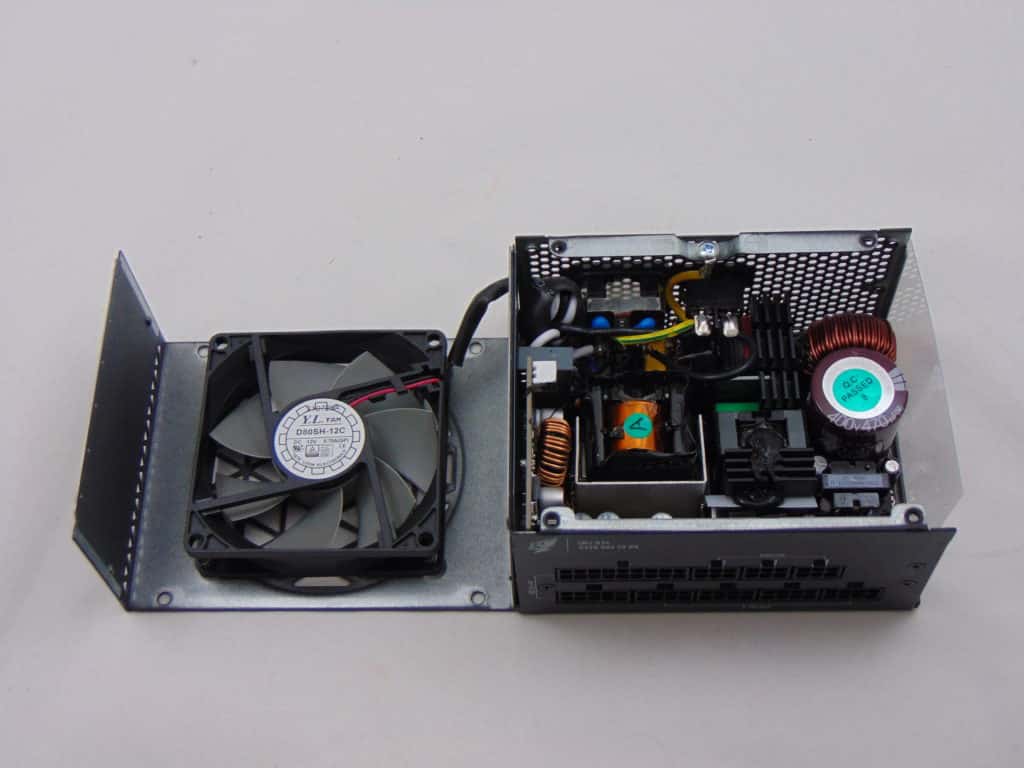
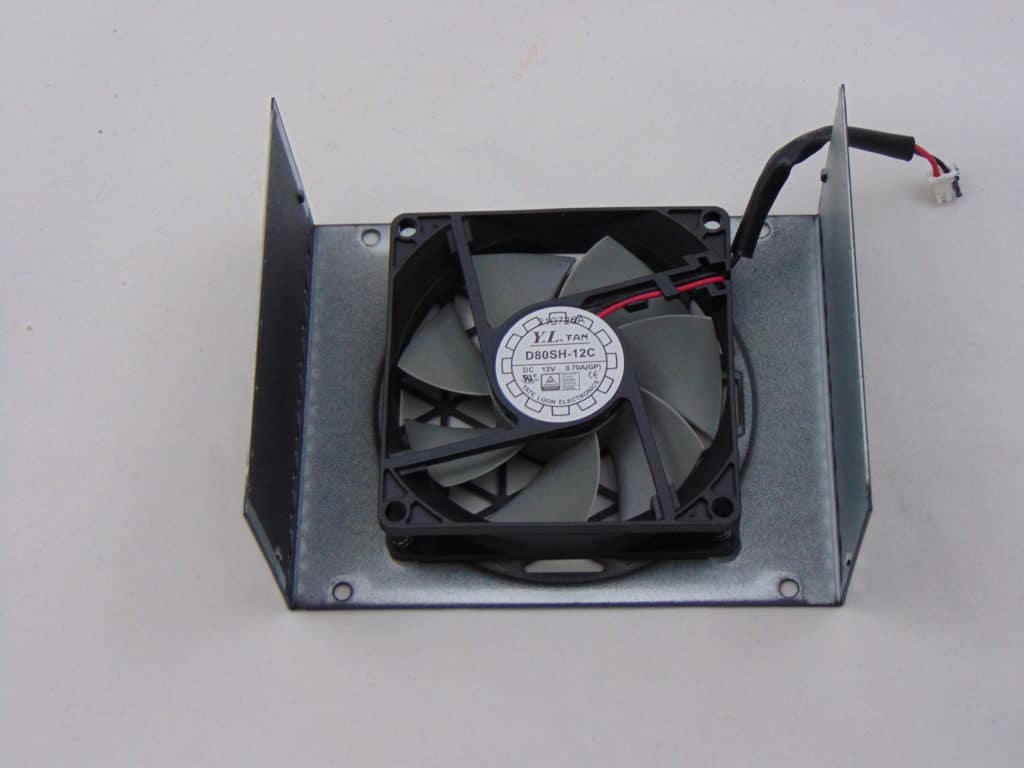
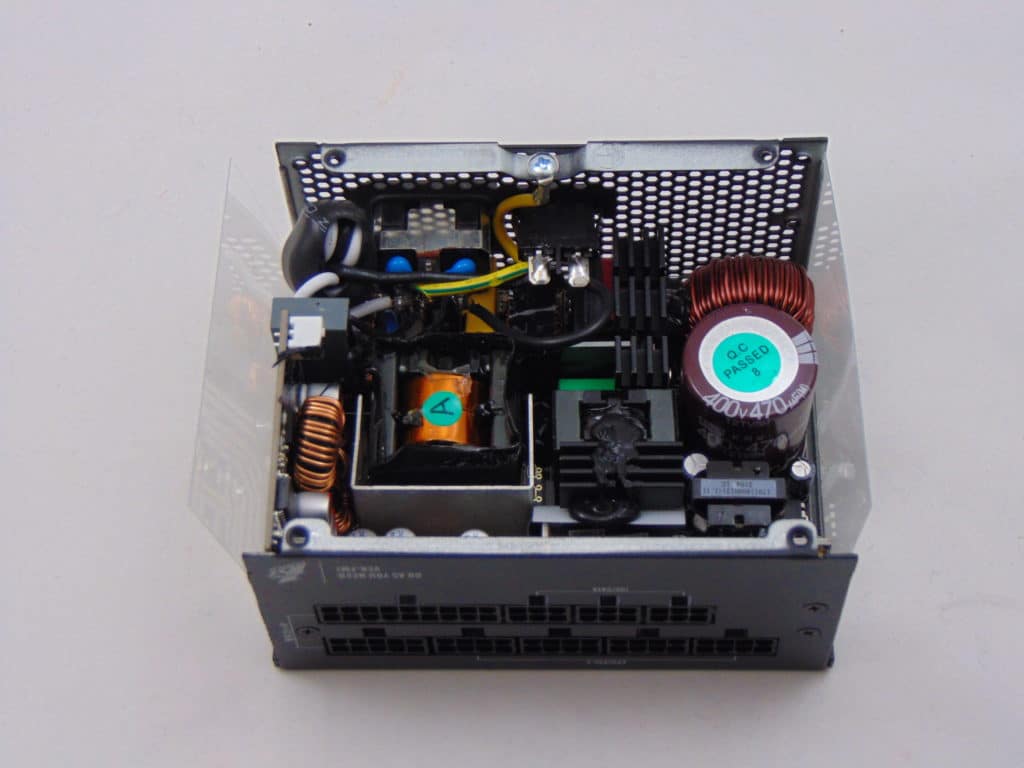
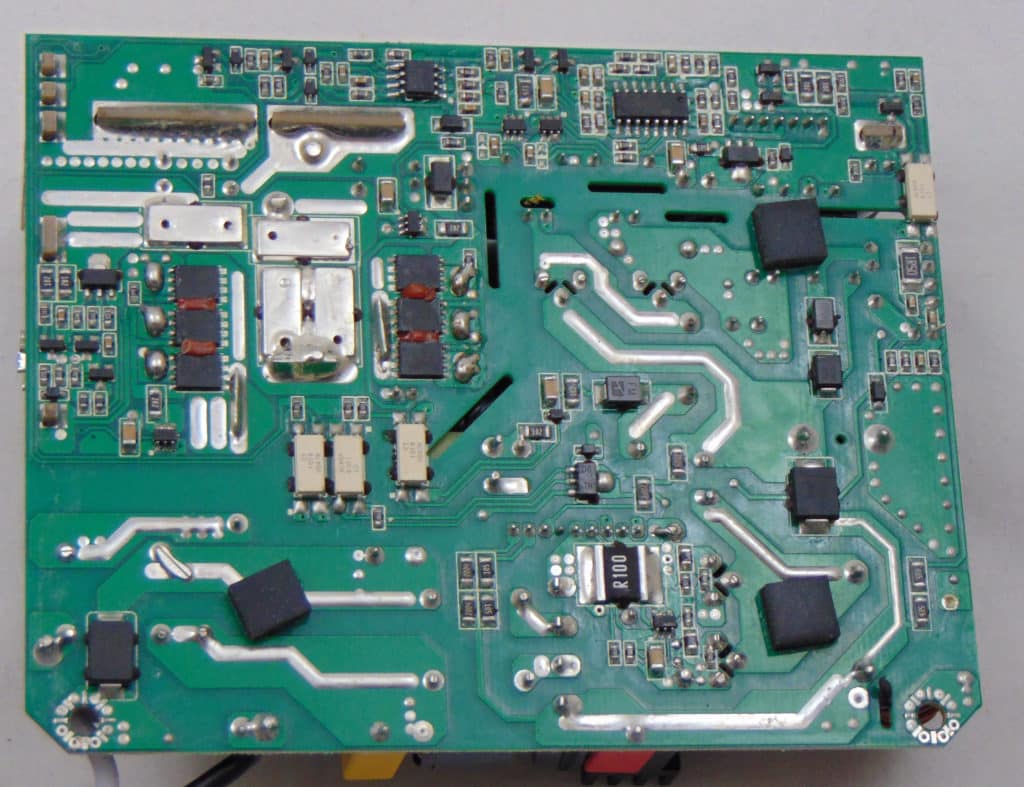
Once we open the top of the 1STPLAYER SFX 750W Platinum, we see a rather cramped unit that generally looks like the other SFX unit we saw built by Helly (which seems to be heavily influenced by certain Enhance platforms). The topology features a resonant LLC primary with a synchronous rectification secondary and DC-DC VRMs for the minor rails.
The fan cooling this unit today is………wait a second……that isn’t a 92mm fan like the fan housing is cut for……..someone slapped an 80mm fan in here! And not a good one! This is a 80mm Yate Loon sleeve bearing fan rated at 0.7A at 12v. Great. We have a fan that is smaller than the housing will support, the cheapest bearing type, and it is a high powered fan at that. This is not going to be good for sound and longevity. Even if this was an “improved” sleeve bearing type (like a rifle bearing) this is still just underperforming on so many levels. Lastly, the soldering is generally neat but there are a couple of hand touch-ups visible.
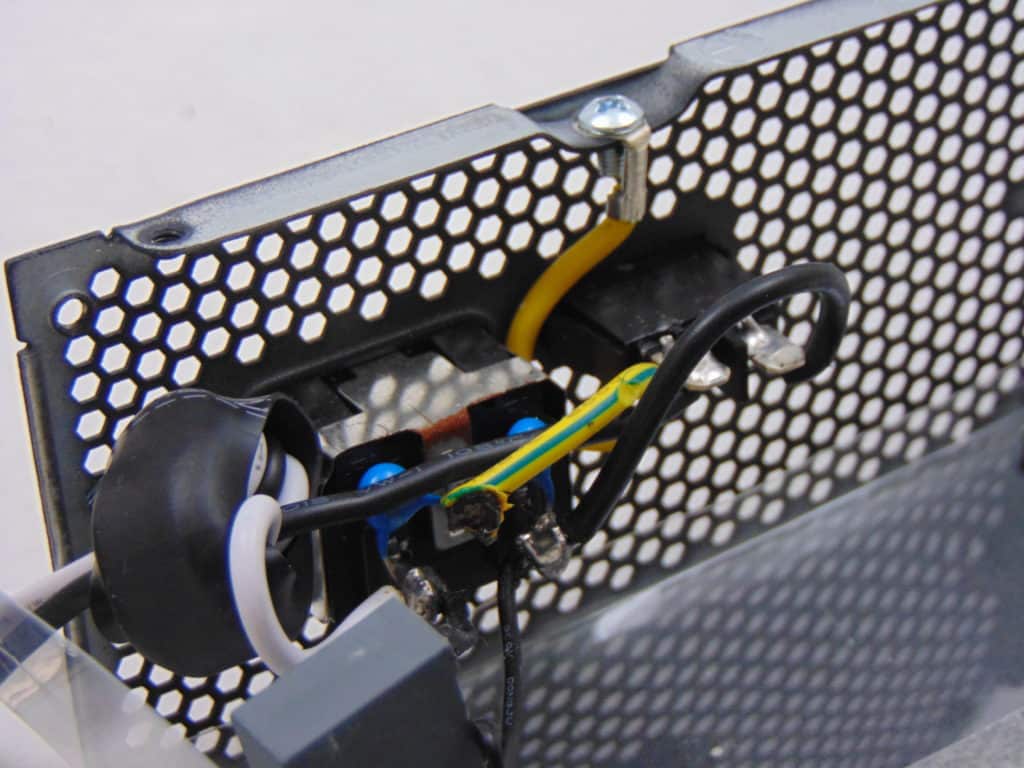


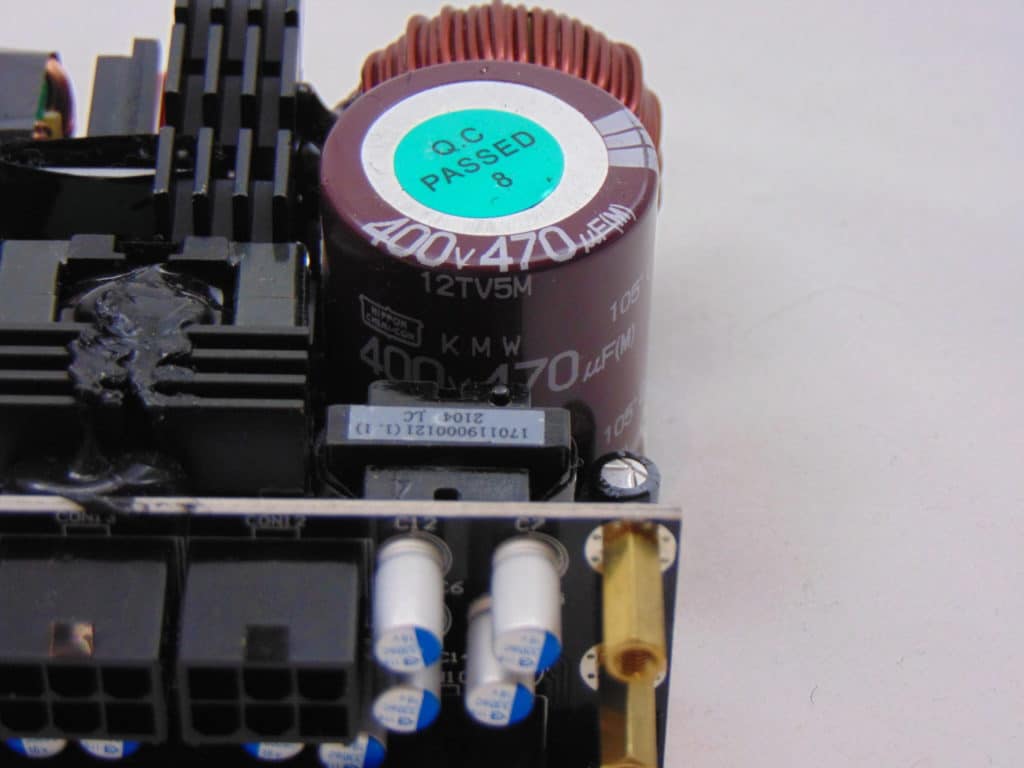
The 1STPLAYER SFX 750W Platinum input filtering begins upon the housing itself where we find some X capacitors and Y capacitors. The balance of the input filtering is found on the back edge of the main PCB. There is then a bridge rectifier next in line attached to a heatsink. The APFC power components are next and they are followed by the APFC coil. Speaking of this heatsink, the main input capacitor is right next to it and it is provided by Nippon Chemi-con with a rating of 400v 470uF 105C. Next to this are the main switchers attached to another substantial heatsink in the unit.
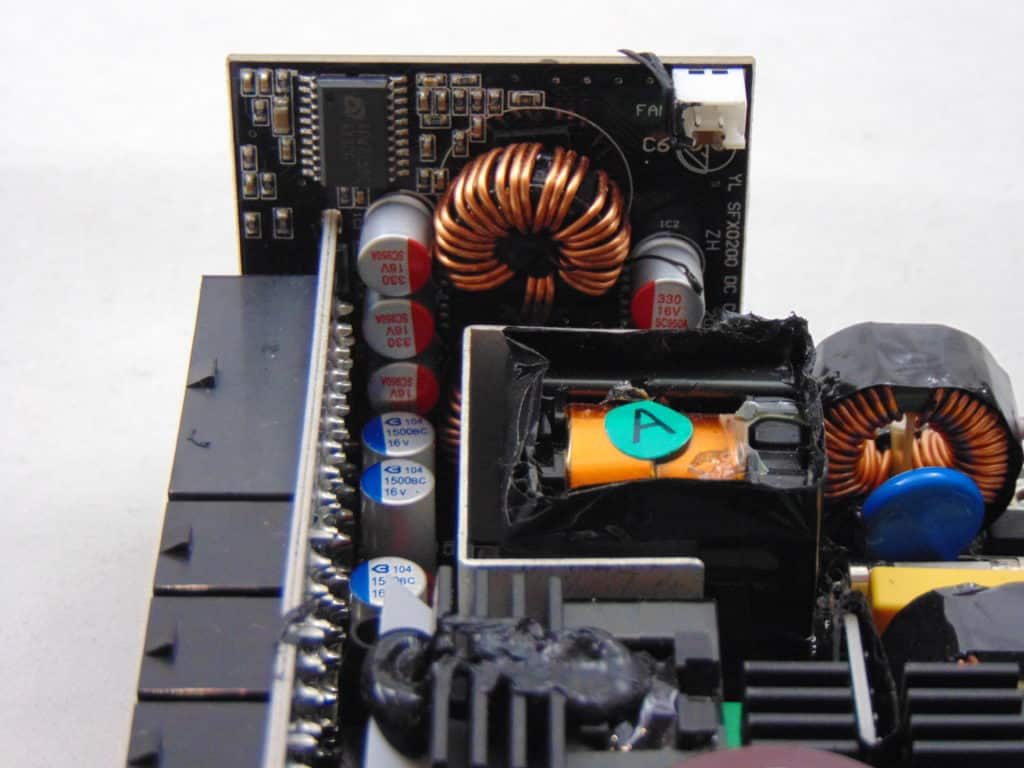


The secondary side of this unit looks crowded, but what do you expect? It’s an SFX unit and it is 750W in capacity. In the middle of this area, we find the main transformer. Surrounding this is a heatsink that is attached to the MOSFETs, which are on the back of the main PCB, and uses the case as a heatsink as well. Next to this, we find the DC-DC VRMs housed on their own PCB (populated by unidentified solid capacitors just like when Lian Li used this platform, throw me an email if you know who makes these folks!) up against the modular PCB and edge of the main PCB.
In front of these PCBs, we find a few solid electrolytics provided by another mystery company (well, I am assuming another company given how disparate the markings are but they certainly are not any of the high-quality manufacturers that are in common use. Supply chain disruptions means “if it fits, it ships” maybe?). The modular PCB construction looks very nice and there are more solid capacitors of an unknown brand that was on the main PCB here as well.
Build Quality Summary
Today’s 1STPLAYER SFX 750W Platinum is the first SFX power supply we have seen from 1STPLAYER and while it seems like it should follow the general formula that other high-end SFX units do; I can’t say I get the same feeling I do from those other units for a litany of reasons. The build quality looks ok, maybe. Which is weird to say when this is based on the same platform as the Lian Li SP750. I get it.
However, a couple of things. 1) The exterior of the Lian Li was meticulous so it makes you feel like if they put this much work into that then they did their homework and the rest should at least not be hot garbage. 2) This may sound dumb, but why are my fingerprints sticking all over this unit? What is this thing coated in? 3) Who puts an 80mm fan in a housing made for a 92mm fan other than someone willing to cut any corner to save the smallest fraction of a penny? 4) While I may trust that Lian Li would not want to risk their reputation on unknown components, I don’t trust 1STPLAYER and, now, by extension I retract a lot of the good things I said about the Lian Li SP750 components. With what we see here, I don’t have faith that this unit is well executed. But hey, that could just be me being a stickler for stuff.
Anyway, the exterior is alternatively refined and good-looking but then poorly implemented. The integration seems to be very well done but the component selection is only good when it comes to the Nippon Chemi-con standard electroytics. Everything else is not good to unknown and suspect. Not the way to start things off. All in all, the 1STPLAYER SFX 750W Platinum has me checking the fire extinguisher service date before moving on.
